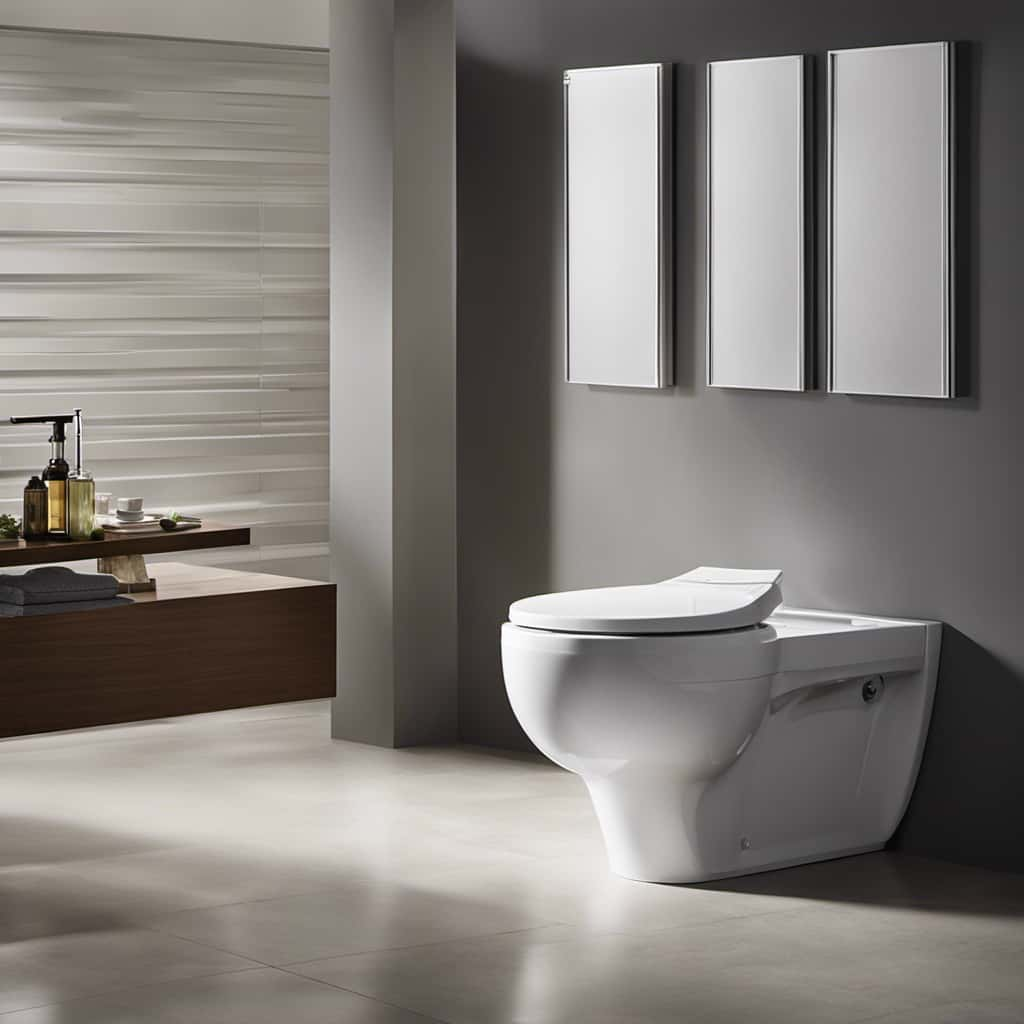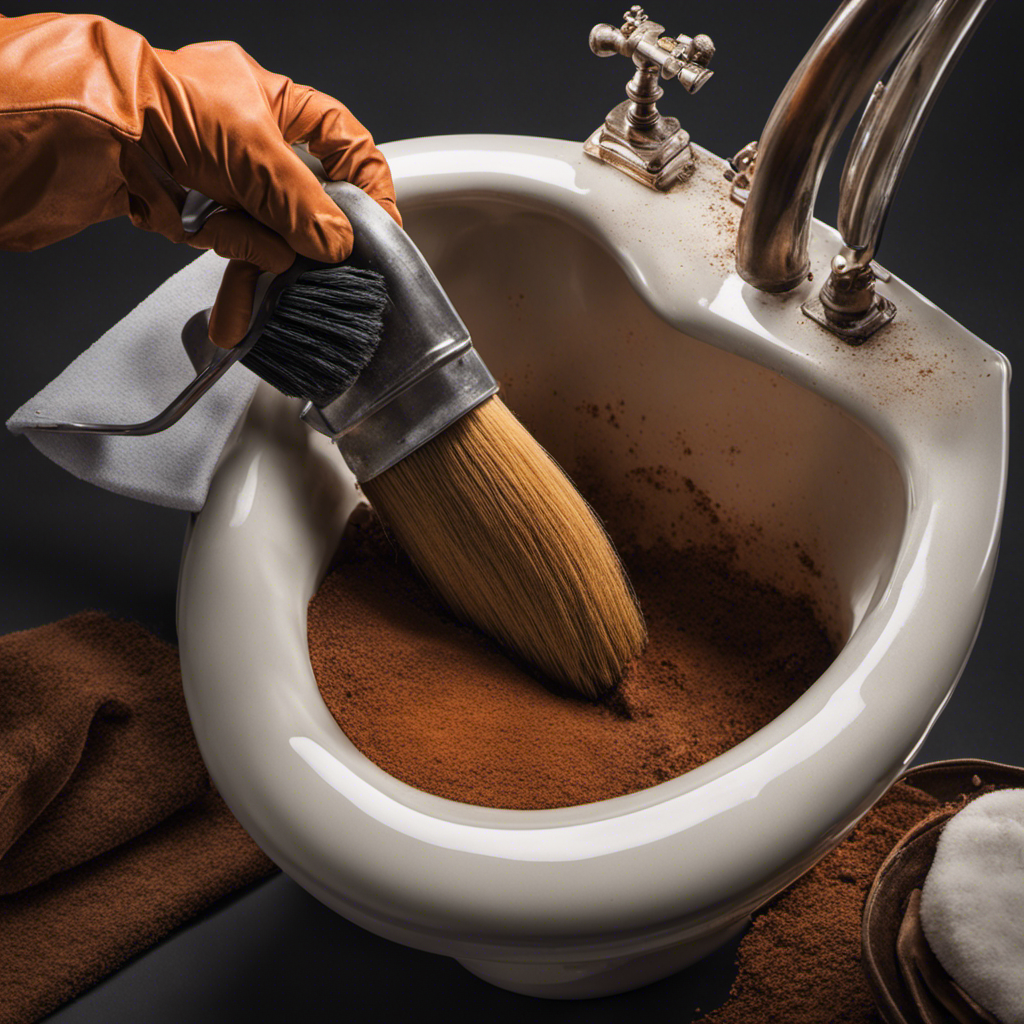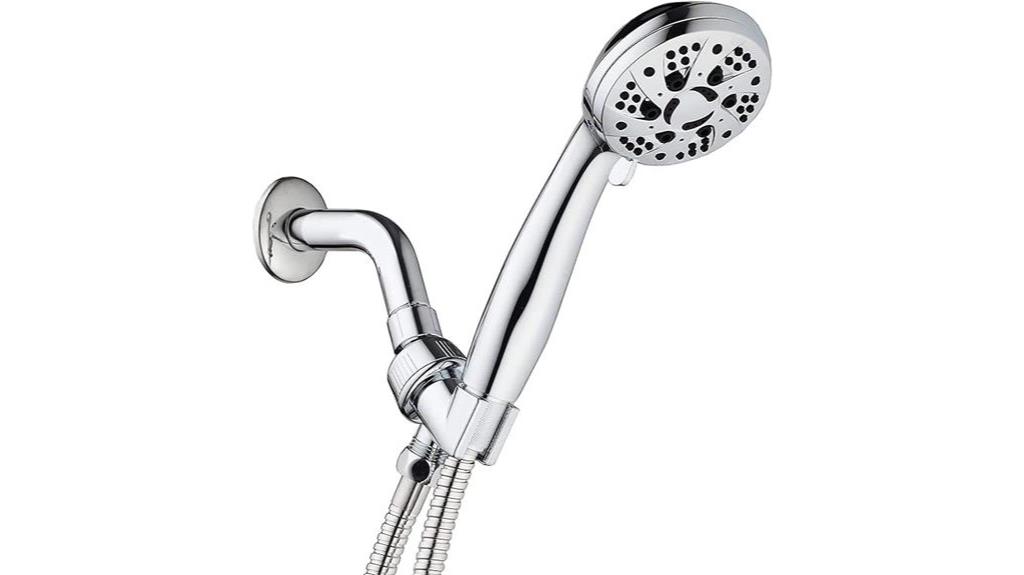Have you ever wondered if your toilet valve is in good working condition? Well, we’ve got you covered.
In this article, we’ll walk you through the common signs of a bad toilet valve and guide you on how to test it for issues.
We’ll also provide you with step-by-step instructions to determine if your toilet valve needs replacement.
Whether you’re a DIY enthusiast or prefer professional help, we’ve got the solutions for all your toilet valve problems.

Let’s dive in and achieve mastery over your plumbing!
Key Takeaways
- Continuous water running in the toilet bowl is a common sign of a bad toilet valve.
- Weak flushing or multiple attempts to flush can indicate a malfunctioning toilet valve.
- Water leaking from the tank is another indication that the toilet valve may need to be replaced.
- Constant hissing sound coming from the toilet is a sign of a faulty valve that may need to be fixed or replaced.
Common Signs of a Bad Toilet Valve
Here are some common signs that indicate we’ve a bad toilet valve.
Troubleshooting a malfunctioning toilet valve can be a daunting task, but understanding the signs of a faulty valve and how to fix them is crucial.
One of the most noticeable signs is continuous water running in the toilet bowl, even when it’s not being used. This could be due to a worn-out flapper or a faulty fill valve.

Another sign is weak flushing, where the toilet doesn’t fully flush or takes multiple attempts to do so. This could be caused by a clogged valve or a worn-out seal.
Additionally, if you notice water leaking from the tank or a constant hissing sound, it’s likely due to a faulty valve.
To fix these issues, you may need to replace the flapper, fill valve, seal, or other components of the toilet valve system.
Testing Your Toilet Valve for Issues
To continue troubleshooting a toilet valve, let’s move on to testing for any potential issues. Testing your toilet valve is an important step in maintaining its proper functionality. Here are three key aspects to consider:

- Importance of regular maintenance for toilet valves: Regular maintenance is crucial to ensure the smooth operation of your toilet valve. This includes checking for leaks, cleaning the valve components, and addressing any issues promptly.
- Different types of toilet valves and their pros and cons: There are various types of toilet valves, such as ballcock valves, diaphragm valves, and float valves. Each type has its advantages and disadvantages. Understanding the characteristics of different valves can help you identify potential issues more effectively.
- Transition to the subsequent section: By testing your toilet valve for any potential issues and understanding the importance of regular maintenance, you can now move on to the next step: determining if your toilet valve needs replacement.
Steps to Determine if Your Toilet Valve Needs Replacement
To determine if our toilet valve needs replacement, we should inspect the valve for any signs of damage or malfunction. Troubleshooting a malfunctioning toilet valve is essential to prevent further issues and avoid costly repairs. Regular maintenance for toilet valves is also crucial to ensure their proper functioning. Here are the steps to determine if your toilet valve needs replacement:
| Signs of Damage or Malfunction | Possible Causes | Solution |
|---|---|---|
| Leaking water | Worn-out seals | Replace seals or valve |
| Weak flush | Clogged pipes | Clear blockage or replace valve |
| Constant running | Faulty flapper | Adjust or replace flapper |
| No water flow | Broken valve | Replace valve |
Fixing a Faulty Toilet Valve: DIY Methods
To address a faulty toilet valve, we can utilize various do-it-yourself methods that can save us time and money. Here are three effective ways to fix a faulty toilet valve:
- Adjust the fill valve: If the toilet is constantly running or the water level is too high, adjusting the fill valve may solve the problem. Simply turn the adjustment screw on the fill valve to raise or lower the water level.
- Replace the flapper: A worn-out or damaged flapper can cause water to continuously leak into the toilet bowl. To replace the flapper, turn off the water supply, remove the old flapper, and install a new one according to the manufacturer’s instructions.
- Clean or replace the flush valve: If the toilet doesn’t flush properly, the flush valve may be clogged or worn out. Cleaning the flush valve with a toilet brush or replacing it entirely can help restore proper flushing.
When to Seek Professional Help for Toilet Valve Problems
When should we consider seeking professional help for toilet valve problems?
While it’s possible to fix some toilet valve issues on your own, there are certain situations where it’s best to call in a professional plumber.

One of the factors to consider is the importance of regular maintenance for toilet valves. If you have neglected routine maintenance, it may be wise to seek professional help to ensure that the problem is properly diagnosed and resolved.
Additionally, if you have already attempted troubleshooting the toilet valve problems yourself but have made common mistakes along the way, it’s best to let a professional handle the situation. They have the expertise and experience to identify and fix the issue efficiently and effectively, saving you time and potentially costly mistakes.
Frequently Asked Questions
How Much Does It Cost to Replace a Toilet Valve?
Toilet valve installation costs can vary depending on the type and brand of the valve. Troubleshooting a faulty toilet valve may involve checking for leaks, difficulty flushing, or inconsistent water flow.
Can a Faulty Toilet Valve Cause a Leaky Toilet?
A faulty toilet valve can cause a leaky toilet. Signs of a faulty toilet valve include water constantly running into the toilet bowl, water not filling the tank properly, or difficulty flushing.

Can a Toilet Valve Be Repaired or Does It Always Need to Be Replaced?
Toilet valve maintenance is important for avoiding leaks. Signs of a bad toilet valve include constant running water, weak flush, and water on the floor. Repairs may be possible, but replacement is often necessary.
How Long Does a Toilet Valve Typically Last Before Needing Replacement?
Toilet valve maintenance is essential for avoiding a failing valve. Signs of a failing toilet valve include leaks, inconsistent water levels, and difficulty flushing. On average, a toilet valve lasts around 5-10 years before needing replacement.
Are There Any Preventive Measures to Avoid Toilet Valve Issues in the Future?
Toilet valve maintenance is crucial to avoid future issues. Common signs of a bad valve include leaks, weak flush, and constant running water. We can prevent these problems by regularly checking for leaks and ensuring proper water pressure.
Conclusion
In conclusion, identifying a bad toilet valve can save you from potential plumbing disasters. By recognizing common signs, such as continuous running water or difficulty in flushing, you can determine if your valve needs replacement.

DIY methods can be tried, but seeking professional help is recommended for complex valve problems.
Remember, addressing toilet valve issues promptly will ensure a smooth and efficient functioning of your bathroom, preventing any unwanted surprises down the drain.










